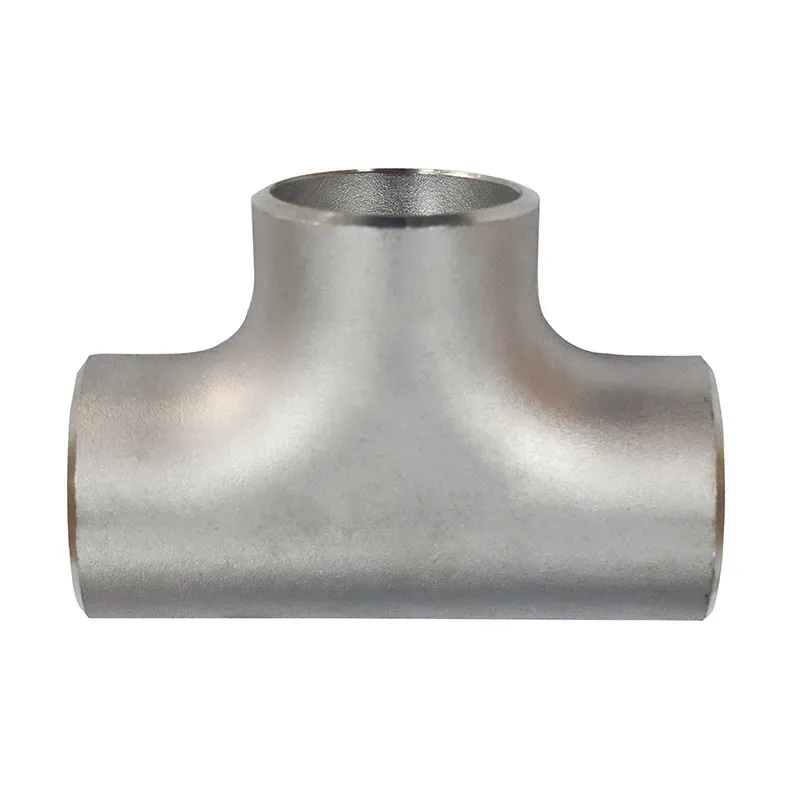-
Cangzhou Yulong Steel Co., Ltd.
-
Phone:
+86 13303177267 -
Email:
admin@ylsteelfittings.com
- English
- Arabic
- Italian
- Spanish
- Portuguese
- German
- kazakh
- Persian
- Greek
- French
- Russian
- Polish
- Thai
- Indonesian
- Vietnamese
- Zulu
- Korean
- Uzbek
- Hindi
- Serbian
- Malay
- Ukrainian
- Gujarati
- Haitian Creole
- hausa
- hawaiian
- Hebrew
- Miao
- Hungarian
- Icelandic
- igbo
- irish
- Japanese
- Javanese
- Kannada
- Khmer
- Rwandese
- Afrikaans
- Albanian
- Amharic
- Armenian
- Azerbaijani
- Basque
- Belarusian
- Bengali
- Bosnian
- Bulgarian
- Catalan
- Cebuano
- China
- China (Taiwan)
- Corsican
- Croatian
- Czech
- Danish
- Esperanto
- Estonian
- Finnish
- Frisian
- Galician
- Georgian
- Kurdish
- Kyrgyz
- Lao
- Latin
- Latvian
- Lithuanian
- Luxembourgish
- Macedonian
- Malgashi
- Malayalam
- Maltese
- Maori
- Marathi
- Mongolian
- Myanmar
- Nepali
- Norwegian
- Norwegian
- Occitan
- Pashto
- Dutch
- Punjabi
- Romanian
- Samoan
- Scottish Gaelic
- Sesotho
- Shona
- Sindhi
- Sinhala
- Slovak
- Slovenian
- Somali
- Sundanese
- Swahili
- Swedish
- Tagalog
- Tajik
- Tamil
- Tatar
- Telugu
- Turkish
- Turkmen
- Urdu
- Uighur
- Welsh
- Bantu
- Yiddish
- Yoruba

Oct . 30, 2024 19:01 Back to list
ansi b16 5 150lbs
Understanding ANSI B16.5 150 lbs Flanges A Comprehensive Overview
In the world of piping systems, flanges play a crucial role in connecting various components, facilitating maintenance, and allowing for the easy disassembly of equipment. Among the various standards governing flange specifications, ANSI B16.5 stands out due to its widespread applicability across various industries. This article provides an in-depth look at ANSI B16.5 flanges, specifically focusing on the 150 lbs class rating.
Understanding ANSI B16
.5 150 lbs Flanges A Comprehensive OverviewThe term 150 lbs refers to the flange's pressure class. It indicates that the flange is capable of handling certain pressures at given temperatures. Specifically, ANSI B16.5 150 lbs flanges are designed for service at pressures up to 285 psi at ambient temperature and can perform well at elevated temperatures, though the allowable pressure decreases as temperature rises. This makes them suitable for a wide range of applications, including water supply systems, oil and gas industries, and chemical processing.
ansi b16 5 150lbs

One of the key features of ANSI B16.5 flanges is their dimensional uniformity. The standard provides detailed specifications regarding the flange's diameter, thickness, and bolt circle dimensions. For 150 lbs flanges, these dimensions are meticulously standardized to ensure compatibility across various manufacturers, facilitating their use in different installations while enhancing the overall efficiency of maintenance operations.
Materials used for ANSI B16.5 150 lbs flanges vary widely, depending on the specific application and environmental conditions. Common materials include carbon steel, stainless steel, and alloy steel. The selection of material is critical, as it impacts the flange's durability, resistance to corrosion, and overall performance under pressure. For instance, stainless steel flanges are preferred in corrosive environments due to their excellent resistance to oxidation and corrosive agents.
Installation of ANSI B16.5 flanges must adhere to specific guidelines to ensure a secure and leak-free connection. The use of appropriate gaskets and proper torque specifications for bolting are essential for achieving a proper seal. It is recommended to follow best practices, such as inspecting the flange surfaces for dirt or damage before assembly and using correct torque values to avoid over-tightening, which can lead to flange failure.
In conclusion, ANSI B16.5 150 lbs flanges are a pivotal element in the design of piping systems across numerous industries. Their standardized dimensions and pressure ratings, coupled with the availability of various materials, make them versatile components suitable for diverse applications. Understanding their specifications and installation requirements is essential for ensuring the reliable operation of any piping system, ultimately contributing to the overall safety and efficiency of industrial processes.
Latest news
-
ANSI 150P SS304 SO FLANGE
NewsFeb.14,2025
-
ASTM A333GR6 STEEL PIPE
NewsJan.20,2025
-
ANSI B16.5 WELDING NECK FLANGE
NewsJan.15,2026
-
ANSI B16.5 SLIP-ON FLANGE
NewsApr.19,2024
-
SABS 1123 FLANGE
NewsJan.15,2025
-
DIN86044 PLATE FLANGE
NewsApr.19,2024
-
DIN2527 BLIND FLANGE
NewsApr.12,2024
-
JIS B2311 Butt-Welding Fittings LR/SR 45°/90° /180°Seamless/Weld
NewsApr.23,2024











